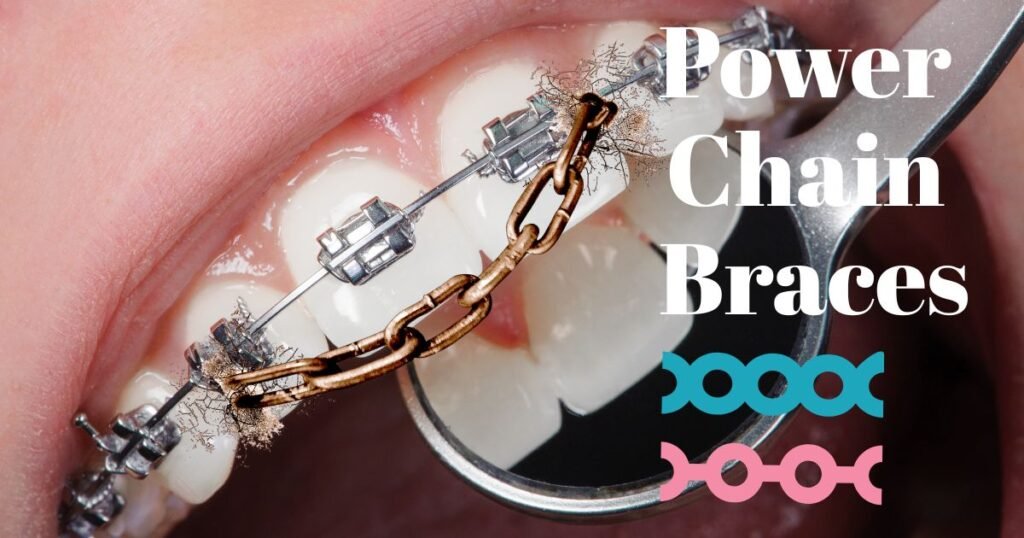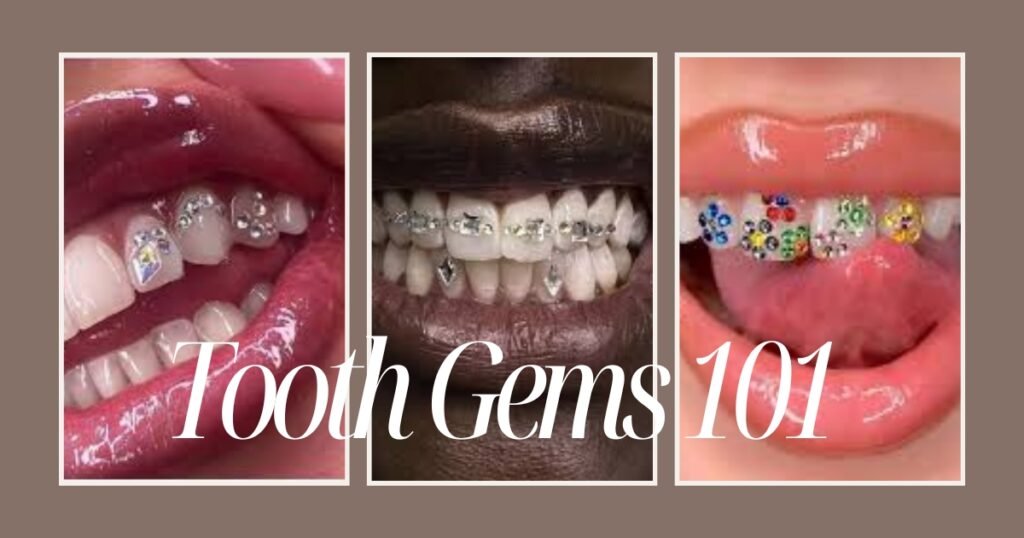It started with a crunch. Janet bit down on her favorite candy—one of those extra-chewy caramels—and felt an immediate sharp pain shoot through her jaw. A trip to her dentist confirmed her fear: a damaged tooth. The dentist calmly explained her options: a dental cap or a crown. But to Janet, those terms sounded like the same thing. Was there a difference? And more importantly, which one was better for her situation?
If you’ve ever found yourself in Janet’s shoes, wondering about the difference between a Dental Cap vs Crown, you’re not alone. The terms are often used interchangeably, which adds to the confusion. In this article, we’ll break down everything you need to know about dental caps vs crowns, explore the nuances between them, and help you feel confident about which treatment might be right for you.
Let’s dive into the full picture, because the health of your smile matters more than you might think.
Understanding the Basics: Dental Cap vs Crown
At the most basic level, a dental cap and a dental crown are the same thing. That’s right—there’s no clinical difference between a cap and a crown. Dentists use the term “crown,” while patients often use “cap” because it paints a more visual image of what’s being done.
But even if the terms are technically interchangeable, understanding what a crown does, when you need one, what it’s made of, and how it works is critical to making informed decisions.
What Is a Dental Crown?
A dental crown is a tooth-shaped cover placed over a damaged or decayed tooth to restore its shape, size, strength, and appearance. It’s often used after procedures like root canals, large fillings, or injuries where a significant portion of the tooth is compromised.
Think of a crown as a helmet for your tooth—it fits snugly over what remains, protecting it and restoring its function.
When Do You Need a Dental Cap or Crown?
There are several scenarios where your dentist might recommend a dental cap or crown:
- After a root canal treatment
- When a tooth is severely decayed
- To repair a broken or cracked tooth
- To support a large filling
- For cosmetic modifications
- To anchor a dental bridge
- To cover a dental implant
According to the American College of Prosthodontists, approximately 2.3 million implant-supported crowns are made each year in the U.S. alone.
That’s a lot of people dealing with the same decision you might be facing right now.
Materials Used for Dental Crowns
Crowns come in different materials, each with their own pros and cons. Here’s a breakdown of the most common types:
| Material | Durability | Aesthetic Appeal | Best Used For | Cost Range (Per Crown) |
|---|---|---|---|---|
| Porcelain | Moderate | Excellent | Front teeth | $800 – $3,000 |
| Porcelain-fused-to-metal (PFM) | High | Good | Back and front teeth | $500 – $1,500 |
| Gold Alloy | Very High | Low | Molars and people with strong bites | $600 – $2,500 |
| Zirconia | Very High | Very Good | Any tooth, especially molars | $1,000 – $3,000 |
| Resin | Low | Good | Temporary crowns | $300 – $600 |
So, whether you’re leaning toward something durable like gold or looking for aesthetics with porcelain, the type of material used for your dental cap or crown can significantly impact your outcome.
Step-by-Step: How a Crown Is Installed
- Initial Examination: Your dentist evaluates the tooth and may take X-rays.
- Tooth Preparation: The tooth is filed down to make space for the crown.
- Impression: A mold of the tooth is made.
- Temporary Crown: You’ll wear this while the permanent one is made.
- Permanent Crown Placement: Once ready, the crown is cemented into place.
The whole process typically takes two dental visits unless your dentist offers same-day crowns using CAD/CAM technology.
Dental Cap vs Crown: Myths and Misunderstandings
Let’s clear up a few common myths:
- Myth 1: Caps and crowns are different treatments
Truth: They are the same thing, just different names. - Myth 2: Crowns are only cosmetic
Truth: While they do improve appearance, crowns are also essential for structural support and functionality. - Myth 3: Getting a crown is painful
Truth: With modern anesthesia and techniques, discomfort is minimal.
Understanding the reality behind the dental cap vs crown conversation helps eliminate anxiety and supports informed decision-making.
Pros and Cons of Dental Crowns
Every treatment has benefits and limitations. Here’s a look at both sides:
Pros
- Protects and strengthens damaged teeth
- Improves appearance and function
- Long-lasting with proper care
- Custom-made for a perfect fit
Cons
- Can be expensive without insurance
- Requires some tooth structure removal
- May eventually need to be replaced
Most crowns last between 5 and 15 years, but many go beyond that with good oral hygiene.
The Cost Breakdown
The cost of a dental crown varies based on material, location, and insurance coverage.
Here’s a rough idea:
- Without Insurance: $800 to $3,000 per crown
- With Insurance: Typically covers 50% of the cost
- Additional Costs: Exams, X-rays, and temporary crowns
According to the National Association of Dental Plans, about 50% of U.S. adults have dental coverage, which can significantly reduce your out-of-pocket expenses.
Caring for Your Dental Cap or Crown
Once your crown is in place, it’s not time to forget about it. Like natural teeth, crowns require proper care:
- Brush twice a day with fluoride toothpaste
- Floss daily, especially around the crown
- Avoid hard foods like ice or popcorn kernels
- See your dentist regularly for checkups
With proper care, your dental crown can last 15 to 25 years—a worthwhile investment in your oral health.
Alternatives to Crowns
Not every situation calls for a crown. In some cases, your dentist may suggest:
- Onlays or inlays: Partial restorations for moderate decay
- Dental fillings: For small cavities
- Veneers: For cosmetic improvements
- Tooth extraction and implant: For non-restorable teeth
Discussing all options helps ensure that you’re choosing the best treatment for your needs.
Real Stories from Real Patients
Janet, from earlier, chose a zirconia crown. “It felt a bit odd at first,” she said, “but after a week, I forgot it was even there. My tooth feels strong, and I’m back to eating what I love.”
Another patient, Mike, went with a gold crown for his molar. “It wasn’t about looks for me—it was about strength. I chew a lot of tough foods, and this thing is solid.”
Hearing from real people reminds us that every dental journey is unique, but the goal is the same: restore confidence and functionality.
Final Thoughts: Making the Right Choice
So when it comes down to dental cap vs crown, it’s not about choosing between two different things—it’s about understanding how crowns work, when they’re needed, and how to make them last.
Whether you call it a cap or a crown, what matters is that you’re taking the right steps toward protecting your oral health. Consult with your dentist, weigh your options, and think about long-term results, not just quick fixes.
After all, your smile is one of your most valuable assets.
And if you had to decide between a dental cap vs crown—what would you choose?
FAQs on dental cap vs crown
What is the difference between a dental cap vs crown?
There’s actually no difference—dental cap vs crown is just a matter of terminology. Dentists usually use the word “crown,” while patients often say “cap.” Both refer to the same dental restoration that covers and protects a damaged tooth.
Why do some people say dental cap instead of crown?
The term “dental cap” is more visual—it sounds like a cover placed on top of a tooth. Dentists prefer the term “crown” because it’s more clinical. When comparing dental cap vs crown, remember they describe the same treatment.
Is one better than the other in a dental cap vs crown?
Not at all. Since a dental cap vs crown refers to the same thing, one is not better than the other. The effectiveness depends on the materials used and how well the crown is fitted.
What materials are used in dental caps or crowns?
When evaluating dental caps vs crown options, materials include porcelain, zirconia, gold, resin, and porcelain-fused-to-metal. Each has pros and cons in terms of appearance, strength, and cost.
How long does a dental cap or crown last?
A well-maintained dental cap or crown typically lasts between 10 and 15 years, though some last over 25 years. Longevity is the same, no matter what term you use in the dental cap vs crown discussion.
How much does it cost when comparing dental cap vs crown?
The cost of a dental cap vs crown depends on materials and whether you have insurance. On average, expect to pay between $800 and $3,000 per crown. Insurance often covers about 50%.
Is getting a dental cap or crown painful?
Most people feel little to no pain during the procedure. In the dental cap vs crown process, local anesthesia is used to numb the area. Mild soreness afterward is common but temporary.
Are dental caps or crowns only for cosmetic reasons?
Not at all. While they improve appearance, the main reason for a dental cap or crown is to protect and strengthen a damaged or weakened tooth.
Can I eat normally after getting a dental crown?
Yes, but it’s best to wait until the numbness wears off. After the permanent crown is in place, you can eat normally. In the dental cap vs crown comparison, there’s no functional difference in eating habits.
When should I choose a dental crown over a filling?
If the tooth is too damaged or decayed for a filling to hold, your dentist will likely recommend a dental cap or crown. In the dental cap vs crown decision, both terms apply to the same solution—covering and protecting the entire tooth structure.




